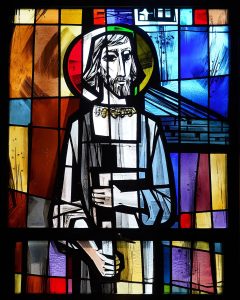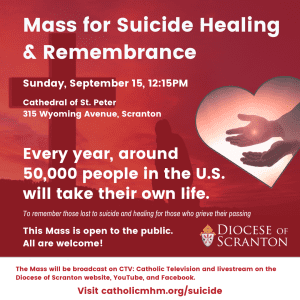JERUSALEM (OSV News) – In what was a devastating Sunday morning for hostage families, Israel said Sept. 1 that it had recovered the bodies of six hostages in Gaza, including the body of Israeli-American Hersh Goldberg-Polin, whose parents became outspoken global advocates for all hostages to be released.
The military confirmed all six had been killed shortly before the arrival of Israeli forces, The Associated Press reported. The army identified the other dead hostages as Ori Danino, 25; Eden Yerushalmi, 24; Almog Sarusi, 27; and Alexander Lobanov, 33; who, like Hersh, were taken on Oct. 7, 2023, from the music festival. The sixth, Carmel Gat, 40, was abducted from the nearby farming community of Be’eri. All six bodies were discovered in a Gaza tunnel with gunshot wounds.
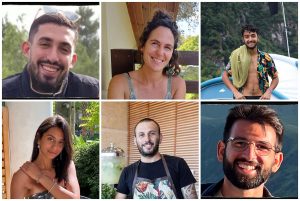
Pope Francis, in his Sept. 1 Angelus prayer, said, “I once again turn my thoughts with concern to the conflict in Palestine and Israel, which risks spreading to other Palestinian cities. I appeal for the negotiations to continue and for an immediate ceasefire, the release of hostages, and relief to the people of Gaza, where many diseases are also spreading, such as poliomyelitis.”
The pontiff urged: “May there be peace in the Holy Land, may there be peace in Jerusalem!”
U.S. President Joe Biden, who has met with Goldberg-Polin’s parents, said Sept. 1 he was “devastated and outraged” by the news of Hersh’s death.
“It is as tragic as it is reprehensible,” he said. “Make no mistake, Hamas leaders will pay for these crimes. And we will keep working around the clock for a deal to secure the release of the remaining hostages.”
Secretary of State Antony Blinken said Sept. 1 on X, formerly Twitter, “Hersh Goldberg-Polin is an American hero who will be remembered for his kindness and selflessness.”
He addressed the parents of Hersh, Rachel Goldberg-Polin and her husband, Jon, who have traveled around the world and talked to world leaders since Oct. 7, 2023, when Hamas attacked Israel and abducted their son and 250 other people, urging action on the release of all hostages, not only their son’s, at world forums, including the United Nations.
“Our hearts break for Jon, Rachel, and their entire family, as well as the other families who found out today their loved ones won’t be coming home. May their memory be a blessing,” Blinken said.
Hours after the hostages were proclaimed dead, massive protests erupted in Israel, urging Prime Minister Benjamin Netanyahu for an immediate cease-fire that would bring the remaining hostages home.
Netanyahu said however Sept. 1 that the six hostages found in Gaza Strip’s Rafah were killed in “cold blood” and blamed Hamas for the lack of a cease-fire deal — “whoever murders hostages doesn’t want a deal,” he said.
After a march of thousands of people in the streets of Israel Sept. 1 and a rare general strike on Sept. 2, Netanyahu did not seem pressured, saying, “No one is more committed to freeing the hostages than me. … No one will preach to me on this issue.”
On the afternoon of Sept. 2, thousands of mourners lined the streets of Jerusalem to bid farewell to Hersh.
Since her 23-year-old son had his left arm blown off at the elbow and was taken hostage into Gaza by Hamas, his mother, Rachel, has become the international voice for hostage families.
“Now I no longer have to worry about you. I know you are no longer in danger,” she said at her son’s funeral.
“I want to do hakarat hatov (recognize the good) and thank God right now in front of all of you for giving me this magnificent present of my Hersh,” she added, sobs audible around her, the Jewish Telegraphic Agency reported. “For 23 years, I was privileged to have the most stunning honor to be Hersh’s mama. I’ll take it and say thank you. I just wish it had been for longer.”
“My sweet boy, finally, finally, finally, finally, you’re free,” she said. “I will love you and I will miss you every single day for the rest of my life.”
Hers and her family’s shirts were ripped, in keeping with the Jewish tradition of rending one’s clothing upon learning of the death of a loved one.
Addressing the crowd at the funeral, President Isaac Herzog apologized to the murdered hostages and their families for the state’s failure to bring them home alive.
Rachel Goldberg-Polin felt extremely “grateful and privileged” to have met with Pope Francis, along with 11 other hostage families in November 2023, just over a month after her son was taken into Gaza. She showed the pope the video of Hersh, who after his arm was blown off was able to put a tourniquet on it to stop the bleeding as he climbed onto the back of a pick-up truck. The pope was visibly shaken after having seen the video in a Nov. 22 meeting, she told OSV News in February.
“He said something really simple to me, (after seeing the video), to all of us, that what (we’ve) experienced is terrorism, and terrorism is the absence of humanity. Which was really short but so wise because I had, without realizing it really, begun to question humanity,” Goldberg-Polin said.
“And he gave me permission to not lose faith in humanity. I can still have faith and hope that humanity will be victorious over the darkness that we, the hostage families and the hostages themselves, are going through,” she told OSV News as she was still hopeful their son will be back home soon.
On Aug. 29, relatives of hostages taken to Gaza had just gathered to shout out their hope and their pain in Nirim, at the fence around the security zone 1.2 miles from the Gaza Strip. Rachel delivered a heart-wrenching message at the Gaza border.
“Hersh! It’s Mom. … I pray to God he brings you back. Right now. I love you, stay strong, survive,” she shouted in a microphone in hopes her 23-year-old Israeli-American son might hear her.
Earlier in August, Hersh’s parents were speakers at the Democratic National Convention.
“This is a political convention. But needing our only son — and all of the cherished hostages — home is not a political issue. It is a humanitarian issue,” said his father, Jon Polin, Aug. 21 in Chicago. Bowing her head during the ovation, Rachel called on her son to “stay strong, survive.”
On Sept. 1, the Golberg-Polin family released a statement: “With broken hearts, the Goldberg-Polin family is devastated to announce the death of their beloved son and brother, Hersh. The family thanks you all for your love and support and asks for privacy at this time.”
Israel’s retaliatory offensive in Gaza has killed over 40,000 Palestinians, according to local health officials. It has displaced the vast majority of Gaza’s 2.3 million people.
Fighting in Gaza paused for a brief time while polio vaccinations were carried out after U.N. officials confirmed a 10-month-old baby had been partially paralyzed after contracting Gaza’s first case of polio for 25 years. Israel has agreed to a series of “humanitarian pauses” in Gaza to allow for the vaccination of children against polio.

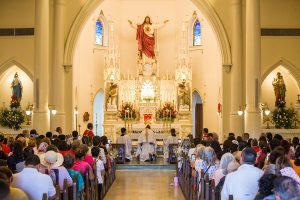


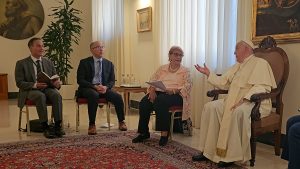
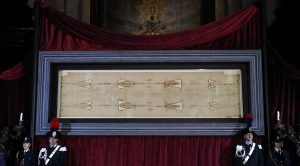
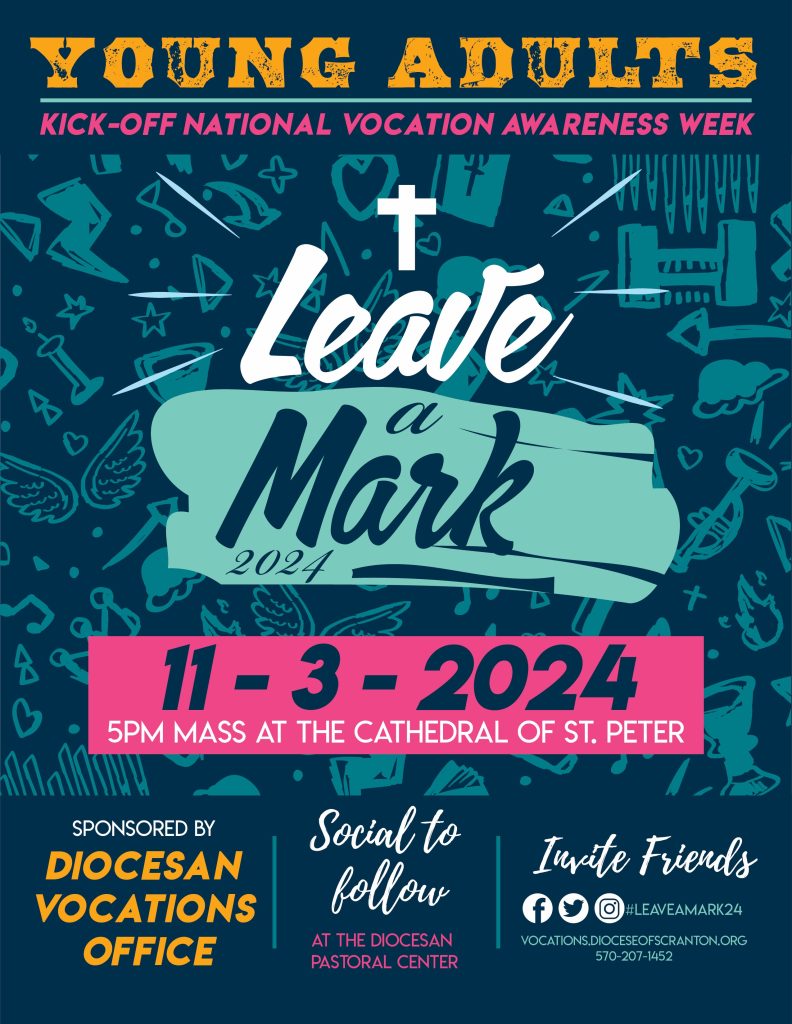 Young adults are invited to join the Diocesan Vocations Office at the ninth annual Leave a Mark Mass on Nov. 3 to kick off National Vocation Awareness Week.
Young adults are invited to join the Diocesan Vocations Office at the ninth annual Leave a Mark Mass on Nov. 3 to kick off National Vocation Awareness Week.